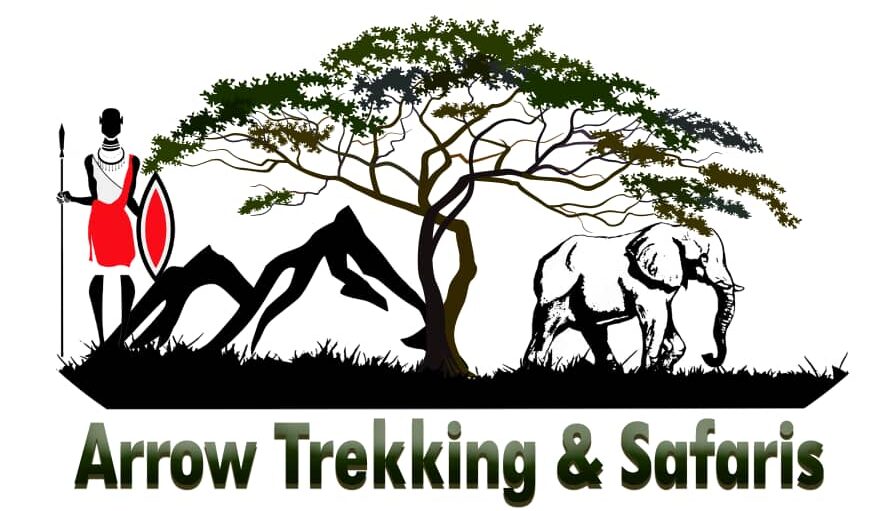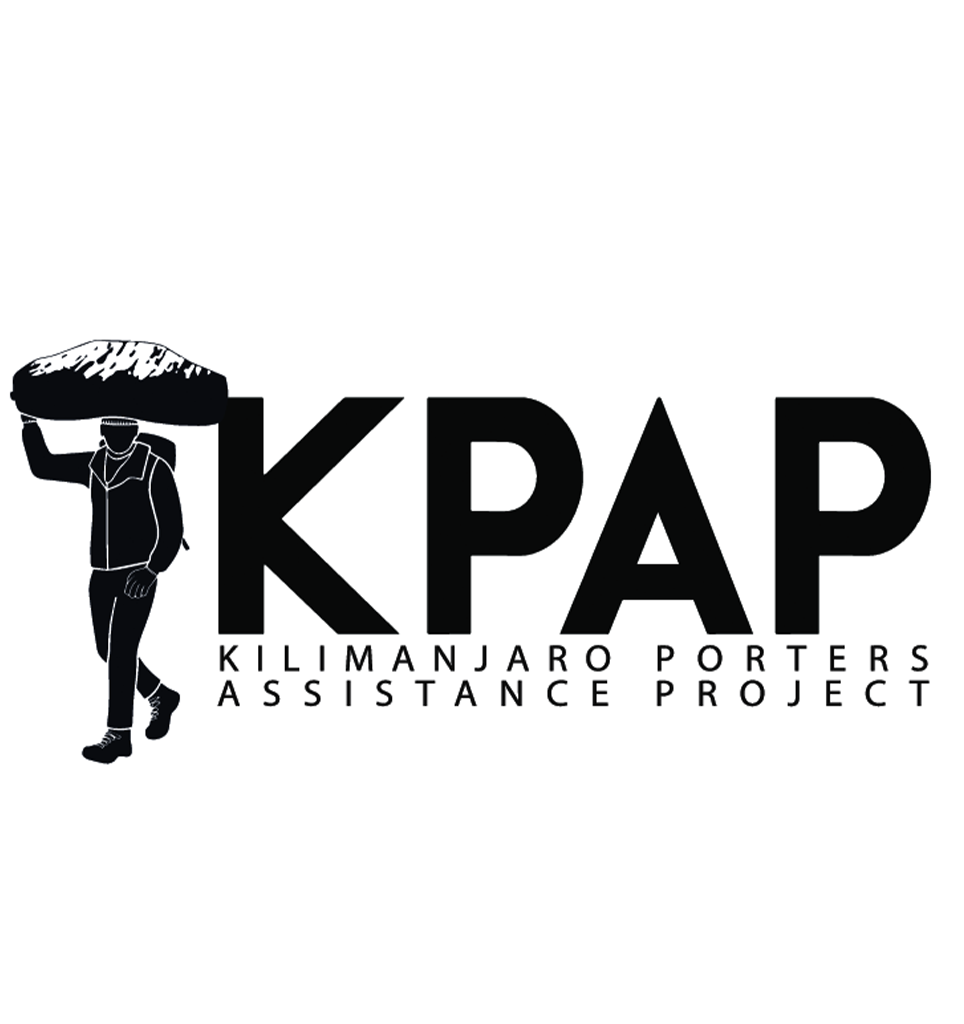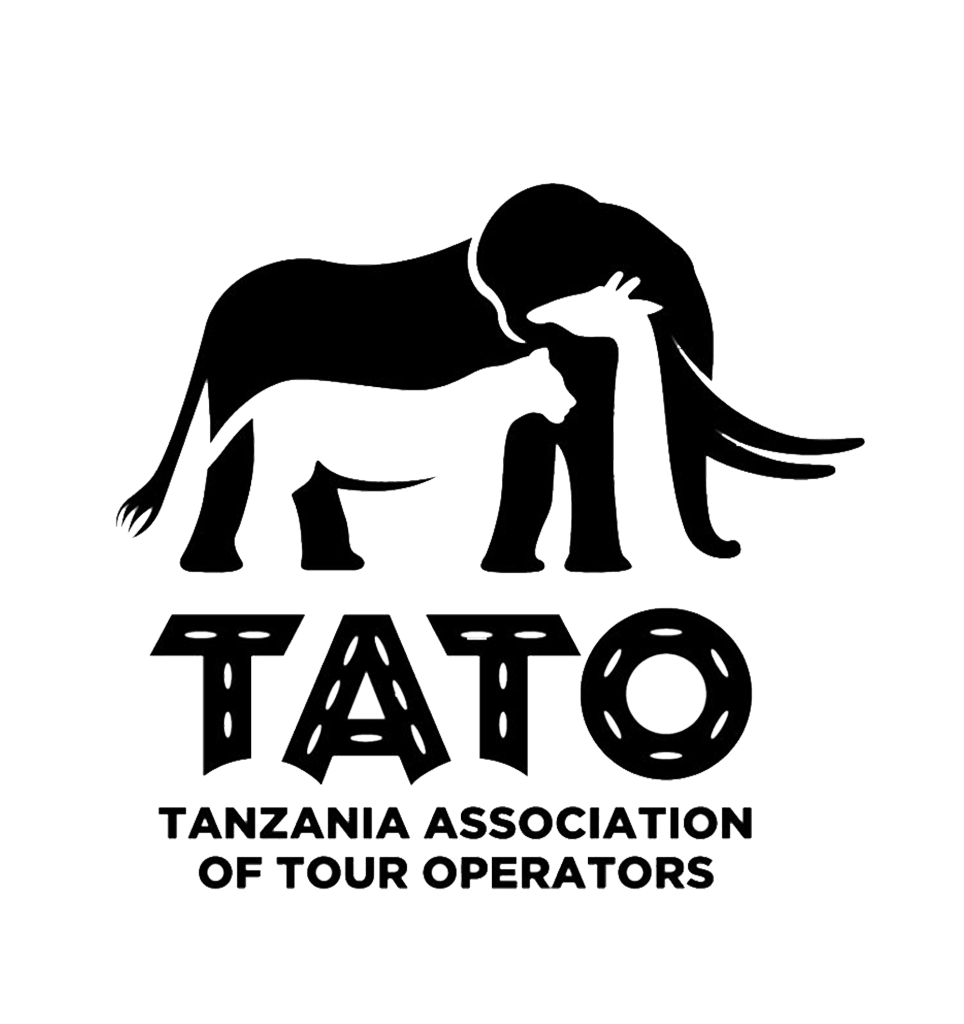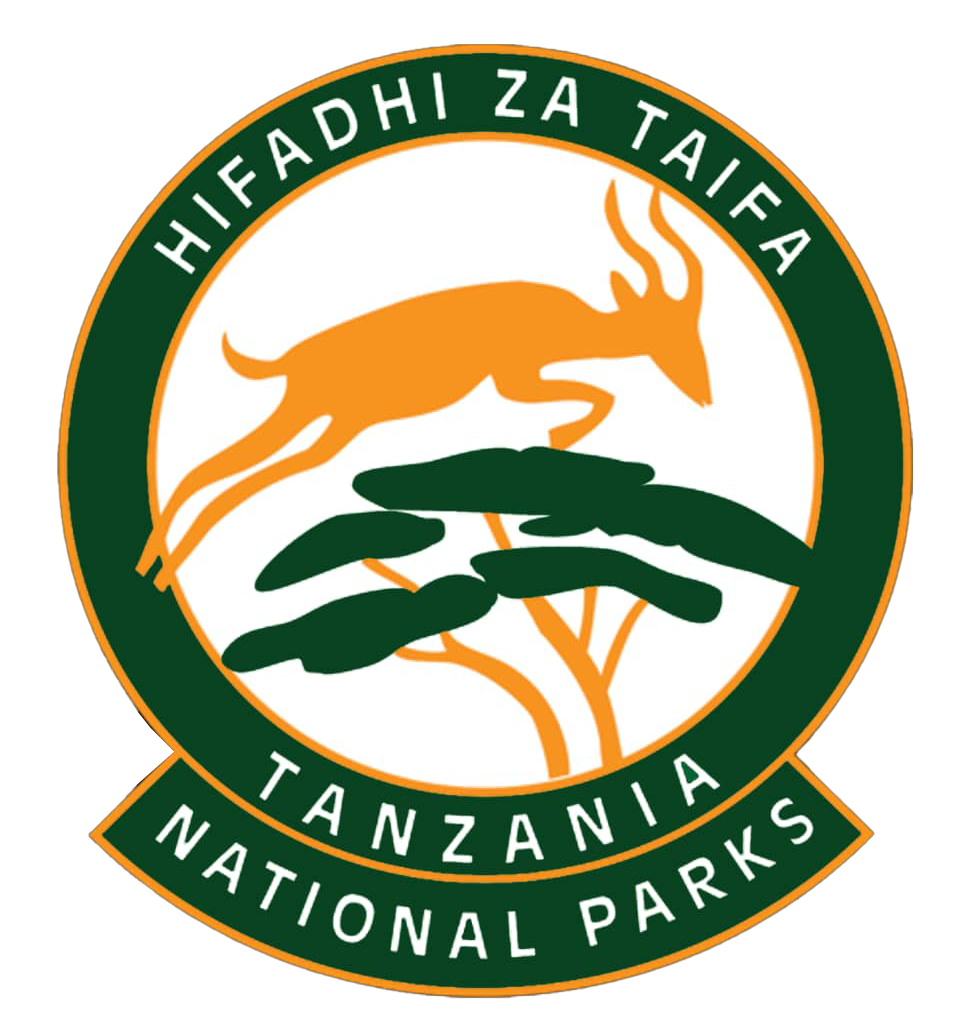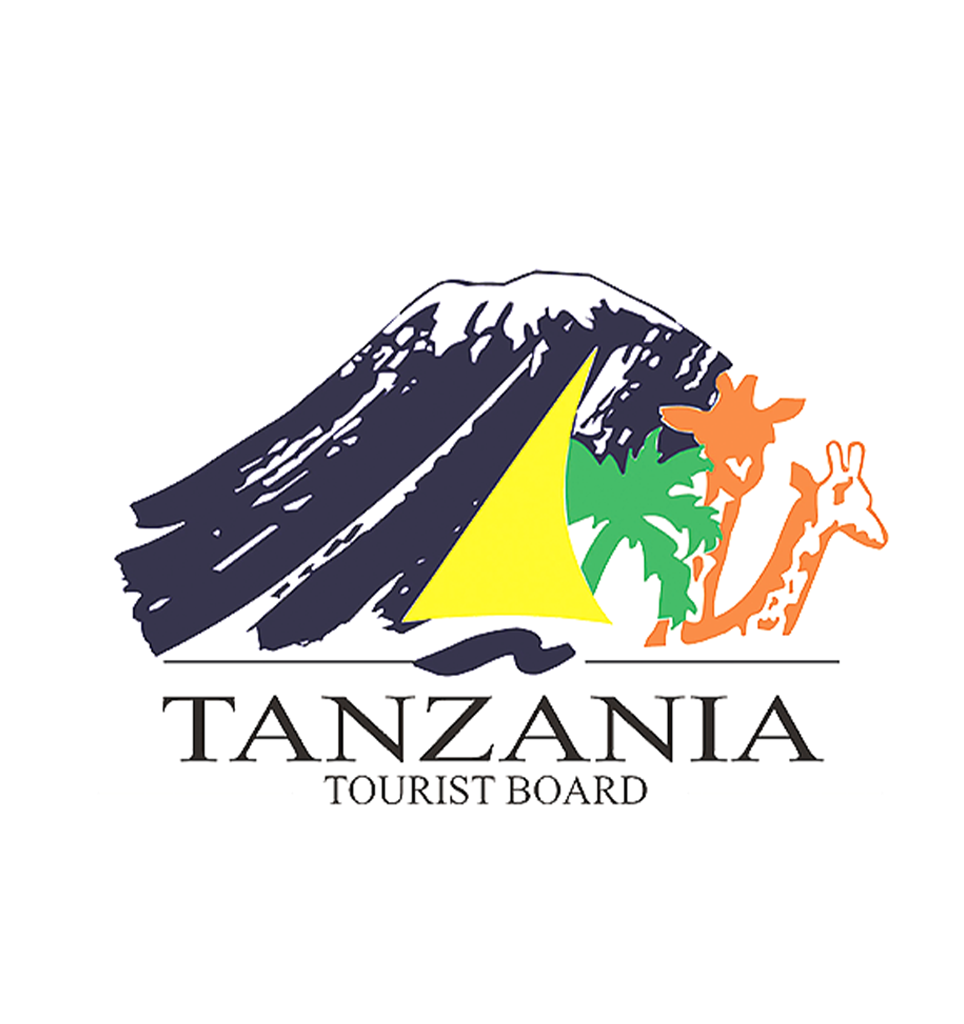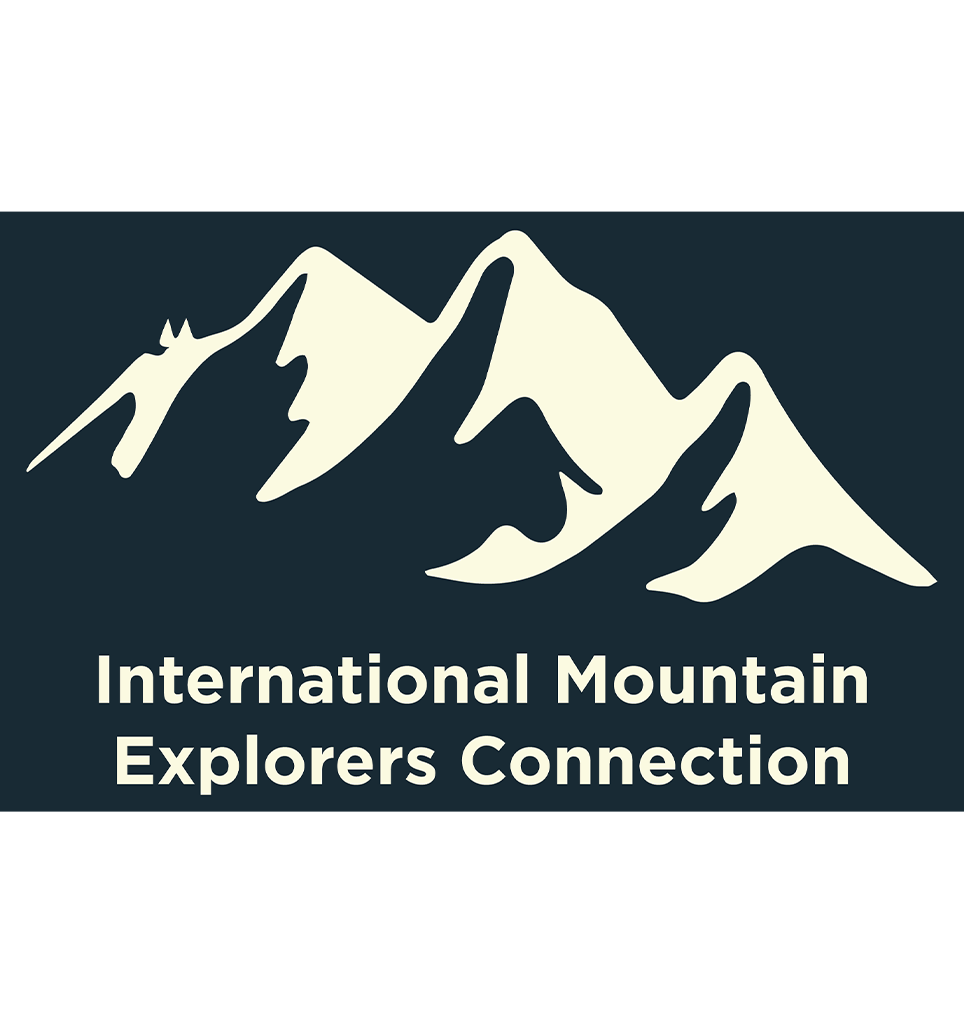Arrow Trekking and Safaris – Conquer Africa’s most iconic peaks with expertly crafted mountain adventures.
Trip Overview
The 7-Day Lemosho Route is a scenic and less crowded trail on Mount Kilimanjaro. It begins on the western side of the mountain and crosses diverse ecosystems, including lush rainforests, alpine meadows, and the stunning Shira Plateau. With a gradual ascent and stunning views, this route offers excellent acclimatization opportunities and increases summit success rates. It’s an ideal choice for those seeking a balanced, memorable trek.
Trip Highlight
- Trek through diverse terrains, including lush rainforests, the expansive Shira Plateau, and high alpine zones
- Gradual ascent with excellent acclimatization opportunities.
- Stunning views of Kibo Peak, Lava Tower, and the surrounding valleys.
- A chance to spot wildlife in the rainforest, such as colobus monkeys and exotic birds.
- Reach the summit of Mount Kilimanjaro, Africa’s highest peak.
Itineray
Upon arrival at Kilimanjaro International Airport, you’ll be warmly greeted by our professional driver holding a sign with your name. After a heartfelt welcome, you’ll enjoy a seamless transfer to your accommodation to begin your adventure.
Later, you’ll meet our experienced mountain coordinators and guide for a detailed pre-trekking briefing, preparing you for the journey ahead. The briefing covers essential information about the expedition, ensuring you're ready for the adventure. Relax in the serene atmosphere of your surroundings, recharging before the trek begins.
- Distance: 4.8 km / 3 mi
- Trekking Time: 3-4 hours
- Habitat: Rainforest
- Elevation: 2,389 m (7,838 ft) → 2,785 m (9,137 ft)
- Altitude Gain: 396 m
- Meals: Lunch, Dinner
Start your adventure with a scenic 3-hour drive from Moshi to the Lemosho Gate. Here, you’ll register and meet your trekking team. The hike begins with a gentle trail through lush rainforest, home to towering trees, vibrant vegetation, and wildlife such as colobus monkeys and exotic birds. The forest trail can be muddy and slippery, so trekking poles and gaiters are recommended. You’ll arrive at Mti Mkubwa Camp for a well-deserved meal and rest amidst the serene forest.
- Distance: 7 km / 4.3 mi
- Trekking Time: 6-8 hours
- Habitat: Moorland
- Elevation: 2,785 m (9,137 ft) → 3,895 m (12,779 ft)
- Altitude Gain: 1,110 m
- Meals: Breakfast, Lunch, Dinner
After breakfast, the trail ascends out of the rainforest and into the moorland zone. The landscape transforms, offering expansive views of the Shira Plateau and Mount Meru in the distance. Unique flora like giant lobelias and senecios thrive here. The climb is steady, with breaks for lunch and photos. By evening, you’ll arrive at Shira 1 Camp, located on the plateau, where you’ll enjoy dinner and watch a stunning sunset over the plains.
- Distance: 10.1 km / 6 mi
- Trekking Time: 5-7 hours
- Habitat: Semi-desert
- Elevation: 3,895 m (12,779 ft) → 3,986 m (13,077 ft) via 4,630 m (15,190 ft)
- Altitude Gain: 91 m (net) / 735 m (highest point)
- Meals: Breakfast, Lunch, Dinner
Today is a critical acclimatization day. The trek leads to Lava Tower, a volcanic rock formation known as “Shark’s Tooth,” standing at 4,630 m. The terrain becomes arid and rugged, with sweeping views of the surrounding peaks. After lunch at Lava Tower, descend to Barranco Camp through scenic valleys dotted with giant senecios. This descent aids acclimatization and prepares you for tomorrow’s climb. The night at Barranco Camp offers breathtaking views of the towering Barranco Wall.
- Distance: 5.2 km / 3 mi
- Trekking Time: 4-5 hours
- Habitat: Alpine Desert
- Elevation: 3,986 m (13,077 ft) → 4,034 m (13,253 ft)
- Altitude Gain: 48 m
- Meals: Breakfast, Lunch, Dinner
The day begins with the thrilling ascent of the Barranco Wall, a steep rock face that requires careful maneuvering but is non-technical. As you climb, enjoy incredible views of the Karanga Valley and the surrounding landscape. After reaching the top, descend into the valley before climbing again to Karanga Camp. This shorter day is designed for acclimatization and provides ample time to rest and prepare for the higher altitudes ahead.
- Distance: 3.3 km / 2 mi
- Trekking Time: 4-5 hours
- Habitat: Alpine Desert
- Elevation: 4,034 m (13,253 ft) → 4,662 m (15,295 ft)
- Altitude Gain: 628 m
- Meals: Breakfast, Lunch, Dinner
Trek through a barren, rocky landscape to reach Barafu Camp, the base camp for your summit attempt. Along the way, enjoy stunning views of Mawenzi and Kibo peaks. Once at Barafu, the afternoon is spent resting, hydrating, and preparing gear for the summit push. After an early dinner, head to bed for a few hours of sleep before the midnight departure.
- Distance: 5 km / 3 mi (ascent) + 11.5 km / 7.2 mi (descent)
- Trekking Time: 12-15 hours
- Habitat: Arctic Zone / Alpine Desert
- Elevation: 4,662 m (15,295 ft) → 5,895 m (19,341 ft) → 3,090 m (10,150 ft)
- Altitude Gain: 1,233 m
- Altitude Loss: 2,805 m
- Meals: Breakfast, Lunch, Dinner
The summit push begins at midnight, ascending through freezing temperatures and rocky terrain to Stella Point (5,739 m). From here, a final effort leads to Uhuru Peak, the highest point in Africa. Witness a breathtaking sunrise and celebrate your achievement. After taking photos and soaking in the views, descend to Barafu Camp for lunch and rest before continuing to Mweka Camp for the night.
- Distance: 9.1 km / 5.7 mi
- Trekking Time: 3-4 hours
- Habitat: Rainforest
- Elevation: 3,090 m (10,150 ft) → 1,640 m (5,380 ft)
- Altitude Loss: 1,450 m
- Meals: Breakfast, Lunch
After breakfast, descend through the lush rainforest to Mweka Gate, where you’ll receive your summit certificates. The trail is often wet and slippery, so gaiters and trekking poles are recommended. From the gate, you’ll be transferred back to Moshi to celebrate your incredible achievement.
Includes/Excludes
Includes
- Park fees, camping fees, and rescue fees.
- Professional mountain guides, porters, and cooks.
- Meals as indicated in the itinerary.
- Tents and sleeping mats.
- Transportation to and from the mountain gate.
Excludes
- International flights and visas.
- Personal trekking gear (can be rented).
- Travel insurance.
- Tips for guides, porters, and cook.
- Beverages and personal expenses.
Trip Map
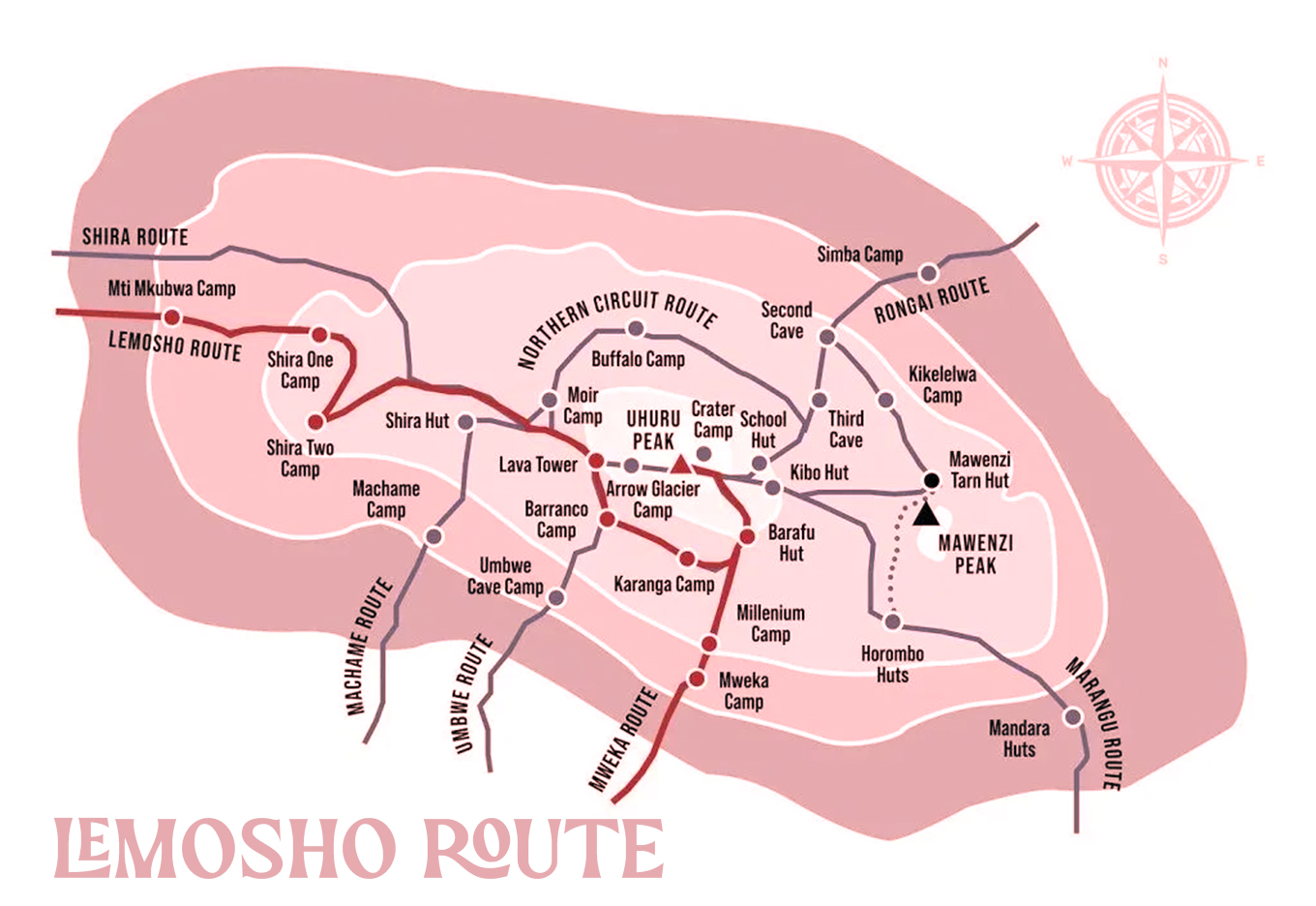
Gallery






















FAQs
Yes, most international visitors require a visa to enter Tanzania. Tourist visas can be obtained online, at Tanzanian embassies, or upon arrival at the airport. It’s advisable to check specific visa requirements based on your nationality before traveling.
Visitors are typically advised to get vaccinations for yellow fever (if traveling from a yellow fever-endemic country), typhoid, hepatitis A and B, and tetanus. Malaria prophylaxis is also recommended, as Tanzania is a malaria-endemic area. Consult your doctor for personalized advice.
The official currency is the Tanzanian Shilling (TZS), but US dollars are widely accepted, especially in hotels, lodges, and for safari bookings. It’s advisable to carry smaller denominations and exchange money at authorized bureaus or banks.
Yes, Mount Kilimanjaro can be climbed without technical climbing experience. However, it requires a good level of physical fitness, determination, and preparation. Guided treks with professional tour operators are essential for safety and success.
Swahili is the official language of Tanzania, and English is widely spoken, especially in tourist areas. Learning a few Swahili phrases is appreciated and can enhance your cultural experience (greeting people with “Jambo” (hello) )
Climbing Kilimanjaro is safe with the right preparation and a reputable tour operator. Guides monitor climbers' health, and the crew ensures safety throughout the trek.
You’ll need a valid passport, a Tanzanian visa, and permits provided by your tour operator to access Kilimanjaro National Park.
The minimum age for climbing Kilimanjaro is 10 years old. There is no maximum age, but climbers should be in good health and consult a doctor before attempting the climb.
